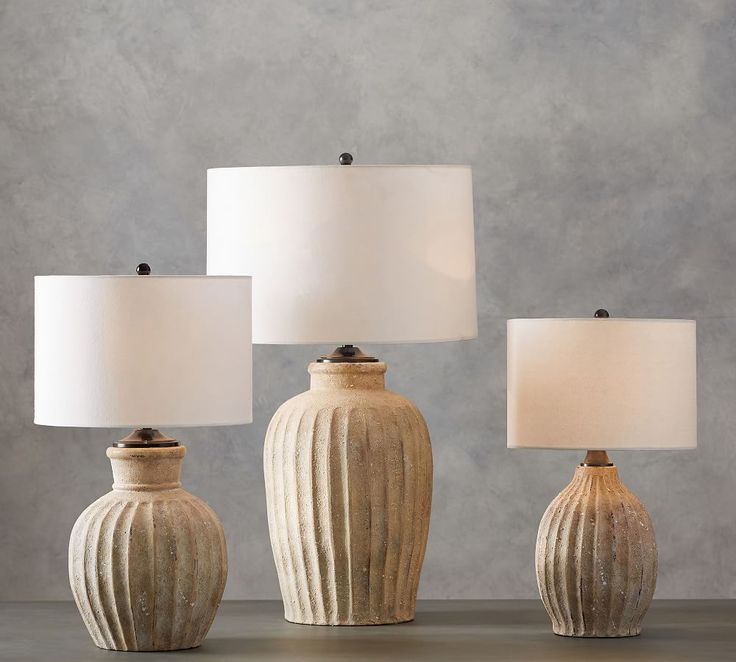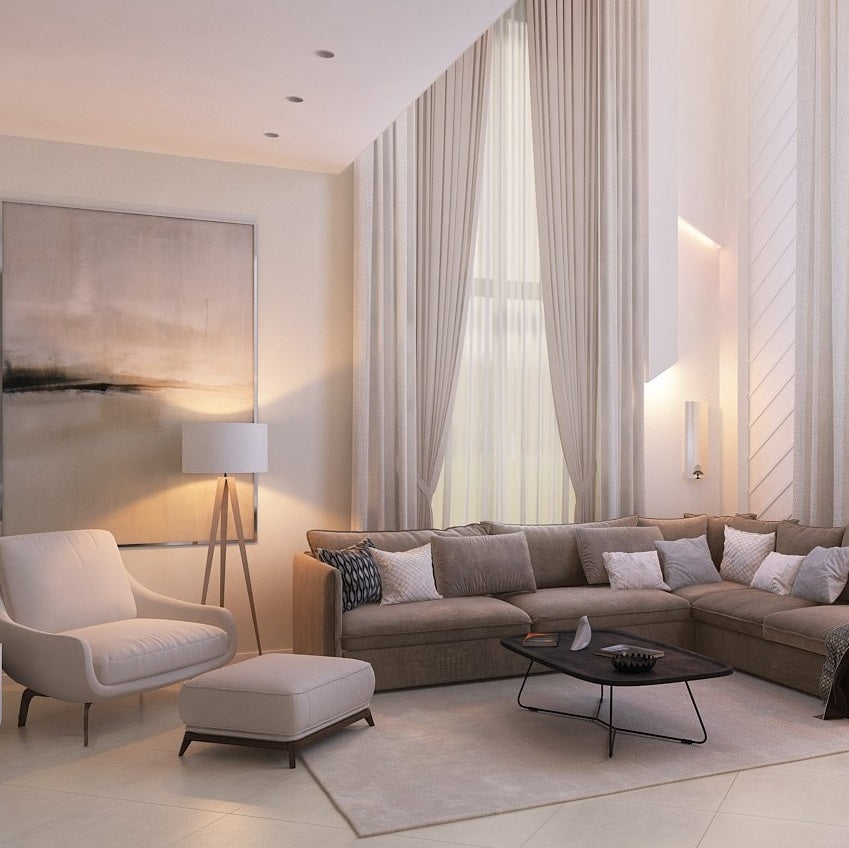Sometimes there is nothing better than walking into the house after a busy day, turning on the switch and seeing a comfortable and pleasant light illuminating your home. As the days get shorter and shorter, it is more important than ever to create a comfortable and pleasant space from entrance to exit.
The entrance or foyer of the home is an important space, especially because it is the first place that guests see when they enter the house, and the lighting design of these areas is also crucial to the visitor's first impression of your home. Whether your goal is to create a warm atmosphere, show the beautiful ideas of winding stairs, splendid ceilings or other architectural features, lighting is one of the best ways to achieve this goal.

Due to the subtle interaction between function and form, all entrances and hallways can benefit from well-designed lighting schemes. Whether your house is a narrow entrance hall or a long winding corridor, make some bold lighting design to make the space take on a new look.
1.What kind of lighting is suitable for the entrance and foyer?
Maybe you're planning to replace a light fixture, or maybe you're installing light fixtures for a new home or renovated space. In this case, you should incorporate the lighting of the foyer and corridor into your overall lighting and decoration plan.When planning, consider whether task lighting is required and the location of the lamp switch or panel. It is much easier to pre-install dimmers, wireless automation and other lighting switches in the drywall.
Layering your hallway lighting design not only sets the mood of your entryway, but also add interesting depth to the first things you see when entering your house.
Try to coordinate entry and hallway lighting with the color scheme and theme of the rest of the house. Prepare hallway and foyer lighting fixtures that match the color scheme of the furniture, walls, storerooms and floors to make your space feel refined and thoughtful.

Start with the overhead light:
Chandeliers are a beautiful way to "crowd" the lighting of an entryway.
In order to move away from purely functional design, more and more consumers are opting for lamps that can be used as fashion furnishings even when they are turned off. Pendant lights work really well with high ceilings, especially in narrow hallways. A pendant light is a light fixture that is suspended from the ceiling by chains or cords. A pendant light may have only one bulb or multiple bulbs.
It can attract people's eyes and highlight the height. And don’t be afraid to add design touches, two eye-catching pendant lights can be the focal point of this narrow space, further enhancing the overall lighting effect with reflective surfaces.
Some chandeliers are petite and dainty, while others are natural focal points. The type and size you choose will depend on a variety of factors, including the width of your hallway, the height of your hallway ceiling, and the overall style of your home.
If your hallway is narrow and dim, don't add bulk to it with large chandeliers or multiple wall sconces.Instead, consider installing recessed lighting in the ceiling.
Unlike other lighting fixtures, recessed fixtures sit flush with the ceiling with no extra space in between and shine downwards, so this fixture is perfect for hallways with low ceilings, making the space look wider than it actually is.
The second is wall lamps installed at head height as a light source at eye height:
Hallways also serve a functional purpose, so don't forget to bring in task lighting or brighter bulbs where needed. There's nothing worse than having to tie your shoelaces in another room when you can't see them in the hallway!
Tailor-made luminaires for specific tasks can reduce eye strain and create a more comfortable environment. Task lighting can be done with well-placed wall sconces, the perfect hallway light fixture for small hallways with low ceilings and no room for large overhead lights. Wall sconces come in different numbers of lights and different types of bulbs, so you can choose the fixture that will provide the ideal lighting for your hallway.
Wall sconces are also ideal if you want a soothing vibe in your hallway, as they have a charming, relaxed and timeless appeal.
Foyer and entryway lighting also use accent lighting to create a balanced environment and highlight architectural or decorative features you want to accentuate.
Each foyer and entryway is unique, so the approach to use accent lighting varies. Do you need extra lighting for your stairs? Wall sconces placed along the stair wall or flanking an entryway mirror above the console provide soft, low-brightness lighting. If using wall sconces along stairs, always place it above the shoulder and keep a uniform spacing between the steps. It depends on how many steps your staircase has, but the wall lights should be spaced no closer than three steps apart. The options for accent lighting are endless, but one thing to always keep in mind is that all light sources, whether accent or overhead, the color temperature of all light sources should be the same,to keep the light color consistent and create a warm and welcoming ambience, you can choose bulbs with lower color temperature, such as 2700K to 3500K.
Multifunctional Wall Sconce with Key Holder
Finally, a table lamp will illuminate the lower half of the hallway:
While low-level lighting is uncommon in many families, low-level lighting can be particularly useful as a hallway lighting idea and can be used as a safe night light for families and guests.Not only that, if you wake up early or toss and turn at night and don't want to face the glare of overhead lighting, low lighting is also a good choice.
In addition, it's not only practical, but it also looks great as a form of accent lighting. You can decorate a hallway table with greenery or other home decor, and leave room for one or more table lamps. Strategically put the table lamps on the table to illuminate the darkest corner of the corridor.
2.Rules to follow when designing entrance and foyer lighting
There are a few rules that interior designers follow when it comes to using lamps of the right size at the hallway or foyer.
Diameter
Pendants or large light fixtures in the foyer should be at least 18 inches in diameter. A rule of thumb is to measure the length and width of your foyer in feet. Then, add the numbers and convert to inches. For example, a 12 by 10 foot room that has 120 square feet, then you can choose a pendant lamp with a diameter of 22 inches.
Height and length
Hang lights and pendants at least 7 feet from the ground, even if you plan to place a table underneath. Multiply the ceiling height by 3 and convert to inches to determine the height of the light fixture.
For example, if the ceiling in the foyer is 10 feet high, the height of the light fixture should be 30 inches. If your foyer is two stories high, try to hang the lamp low enough to be visible from both floors, but above the ceiling height on the first floor.
Number of lighting fixtures
In a small corridor with an area of less than 150 square feet, all you need to do is install a ceiling lamp. In larger or longer hallways, consider hanging two or three ceiling lamps.A spacious hallway can be equipped with two or three wall lamps or table lamps on the bookshelf or bookcase as a supplement to the overhead light. Avoid home lighting mistakes like installing recessed lighting everywhere.

3.Placement and brightness of the entrance and foyer lamps
Now that you have chosen the style of lamps, you need to make sure that the lamps themselves are bright enough to make the hallway feel well-lit. Here are some quick and easy tips:
Place lights at least every eight feet apart. Small lamps with low bulb power should be placed more.
Place a lamp near each end of the hallway to attract people's attention.
If you choose a wall lamp, it should be placed high on the wall to attract the eye and make the space feel open.
Stand at each end of the hallway and check for dark spots. Make sure the light is consistent and the brightness doesn't drop between lamps. Illuminate the shaded parts of the hallway as needed to keep the space open and welcoming.

How bright should hallway lights be? When it comes to hallway lighting, it's important to create lighting levels that are bright enough to provide security while still making people feel pleasant. To do this, the ideal is to ensure about 20 lumens per square foot.
Equally important, dimmable light fixtures are preferred, as hallways need to be able to switch from brighter overhead light during the day to warmer, more comfortable light at night.
Providing potential light levels of 80-200 lumens per square foot through multiple switchable light sources, or simply installing dimmable light fixtures throughout the hallway, can be helpful.
Of course, the brightness of hallway lights also depends on other factors, such as the size and shape of the hallway and the type of bulbs used. Consider using warm-toned LED bulbs for a more cozy ambiance, as the yellowish hue will make people feel more at home in the area.

Basically, combining all of these lighting ideas together provides the most effective lighting solution for your home's entryway. Just be mindful of the amount of circuitry used, getting it right is a real matter of balance. On the one hand, the more lighting lines there are, the more adaptable the space is and the more lighting combinations you can use, but if there are more than three switches in a space, in a small space like a hallway, you will find yourself tossing and turning endlessly looking for the right switch.
Thanks for reading this blog! We hope you’ve found some helpful tips on lighting the foyer and entryway of your home.







